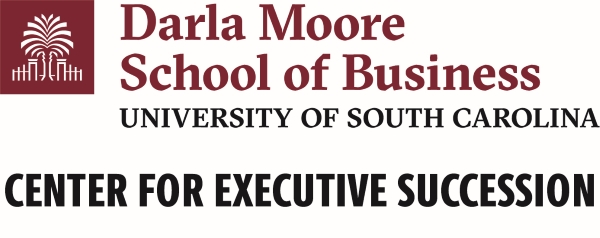Document Type
Report
Abstract
The 2016 HR@Moore Survey focused on CEO succession practices firms currently implement to maximize the likelihood of success in the choice of the next CEO. The report asks questions regarding non-public data. Here, we aggregate the results to describe current practices of CEO succession across organizations. The results suggest that both CEOs and boards are heavily involved in CEO succession. They also show a large number of firms are not prepared for an unexpected CEO departure, having no successor candidates fully prepared for such an event, and would instead be forced to settle for “readyenough” candidates. And while the diversity of CEO successor candidates has improved over the past five years, CHROs still report the diversity of the candidate pool is less than desired. The results also indicate that CEO successor candidates tend to be more aware that they are candidates than they are of who the other candidates might be, and this awareness increases the closer they are to the potential succession decision. CEO successor candidates are not likely to serve on other public boards, even when relatively close to the succession decision. However, they are far more likely to serve on nonprofit boards than on public boards at all stages of readiness. With regard to succession planning, the two most frequent board activities are to engage in formal conversations with the CEO about succession timing and to design events to gain exposure to successor candidates. The least frequent board activity is to explore external candidates. It is also notable that companies tend to use third parties far more when exploring external candidates than when pursuing internal candidates. Finally, in terms of the influence of the board relative to the CEO in the final succession decision, respondents currently say that there is almost a 50/50 balance between the two; this reflects a minor increase in the board’s relative influence on the decision over the past year, which continues a trend seen over the past few years. In terms of transitions, firms that have undergone a CEO succession in the past 5 years often used a COO or President role as a chance to develop and evaluate the candidate before naming him/ her CEO. CHROs continue to state that the biggest challenge during this time period is the division of responsibilities and accountabilities between the current CEO and the COO/President.
Publication Date
2016
Disciplines
Business
Copyright
© 2016, University of South Carolina
Publication Info
2016.


